During blizzards and extreme cold, many people worry about the impacts on wildlife. In fact, blogs on this topic are among the most popular on Cool Green Science. By summer, most of us don’t worry about the birds and other neighborhood critters. In the Northern Hemisphere, warm weather means a season of plenty. There’s ample vegetation, plentiful insects and no shortage of lush cover.
Of course, extreme heat waves can be deadly to wildlife, and recent ones in Europe proved deadly for everything from butterflies to hedgehogs.
And as is the case with snow and cold, some wild animals are supremely adapted to thrive in conditions of heat and drought. These species live in some of the most seemingly inhospitable environments on earth. To do so means adaptations that allow them to beat the heat. Here are eight examples.
-
Hippo Sunscreen
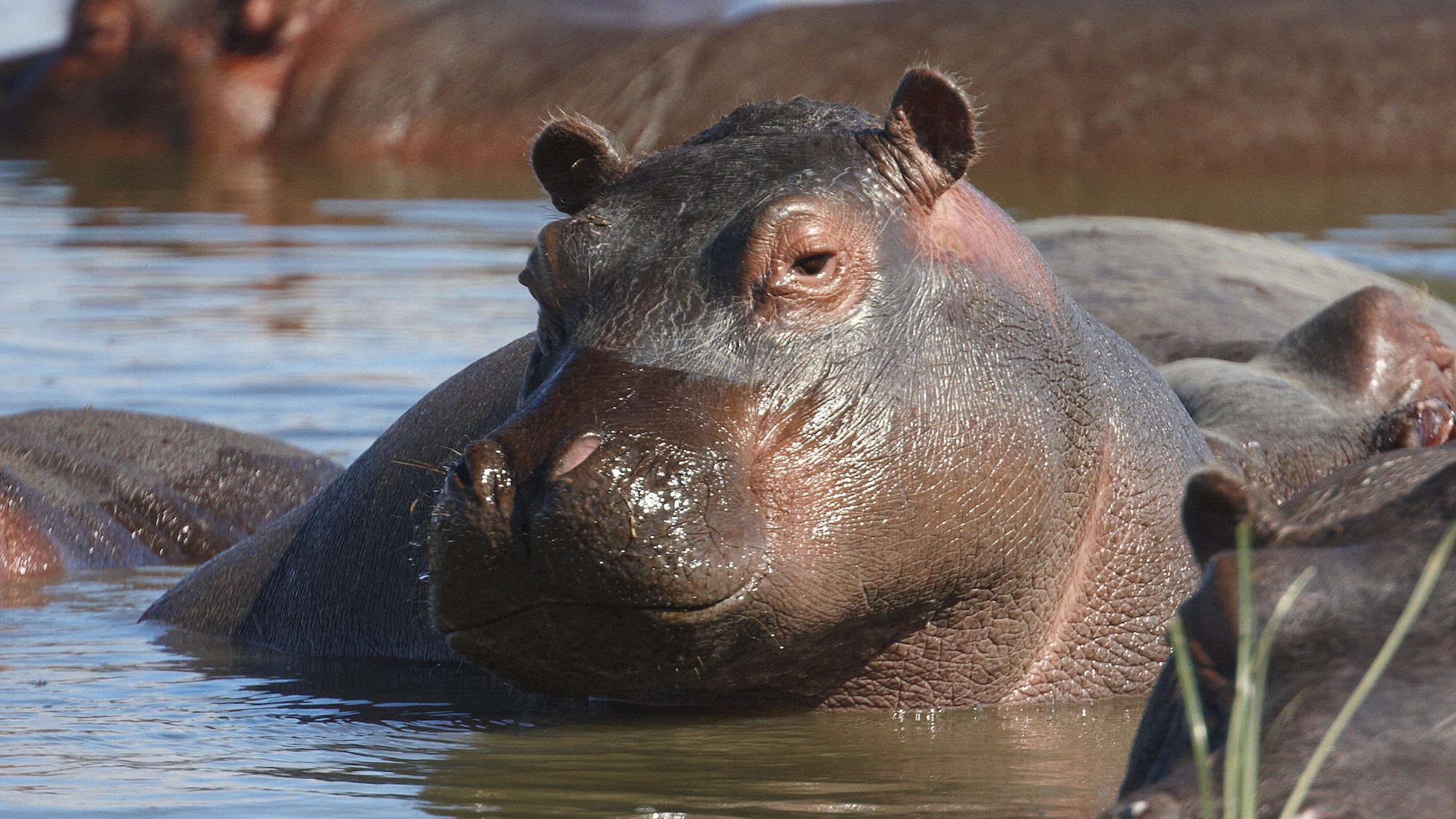
A hippopotamus at Lake Naivasha, Kenya. Photo © Robert Granzow While a hippo’s hide may look tough, its skin is actually prone to drying and sunburn. Like beach-going tourists, hippos use plenty of sunscreen – but they supply their own.
The hippo secretes a mucus-like substance that coats the skin, providing effective protection. This multi-purpose substance also moisturizes the skin while it at the same time repels water, allowing the hippo to stay submerged for long periods of time. And if that wasn’t enough, the secretion also serves as an antibiotic, protecting the skin from infection.
When exposed to the sun, this substance turns red, which led European explorers to declare that hippos sweat blood. We now know it is neither sweat nor blood. Common and pygmy hippos are the only species to have this substance. Researchers have taken some dramatic steps to understand it (one intrepid scientist dressed in a hippo suit and rested in mud and dung to collect samples as hippos secreted it). But much about this red substance remains poorly understood.
-
Dried But Alive Lungfish

The Marbled African Lungfish (Protopterus aethiopicus) breathes air, “walks” underwater with its fins, and can grow nearly six feet long! © Solomon David A dry riverbed is generally bad news for fish, but not the African lungfish. This species can breathe air. It also has an astonishing ability to weather drought.
As aquatic ecologist and blogger Solomon David writes in a previous Cool Green Science story:
“During periods of drought, African lungfishes are unique in that they can survive near-complete desiccation (drying out) by estivating: undergoing a period of slowed metabolism, almost like hibernation. Scientists have tested African lungfish estivation in the lab and found they can be revived even after seven years of ‘sleep!’”
-
The Long Sleep of Ground Squirrels

A Columbia ground squirrel. Photo © Matt Miller/TNC Lungfish aren’t the only species that estivate. Many species undergo torpor during hot weather as a means of conserving energy. Several species of ground squirrels that live near my Idaho home are extreme examples. I start to see them in March or April, but by early July they are back underground. They will not re-emerge until the following spring.
Think about this. For eight to nine months of the year, they are dormant. I live on the edge of the high desert, with hot, dry summer conditions. Staying cool and finding food requires a lot of energy, so estivation makes sense.
Interestingly, if I travel to north into the higher-elevation mountains, I often find the same species of ground squirrels throughout the summer. With cooler temperatures and greener vegetation, they do not need to spend as much time underground.
-
A Mud Spa You Should Avoid
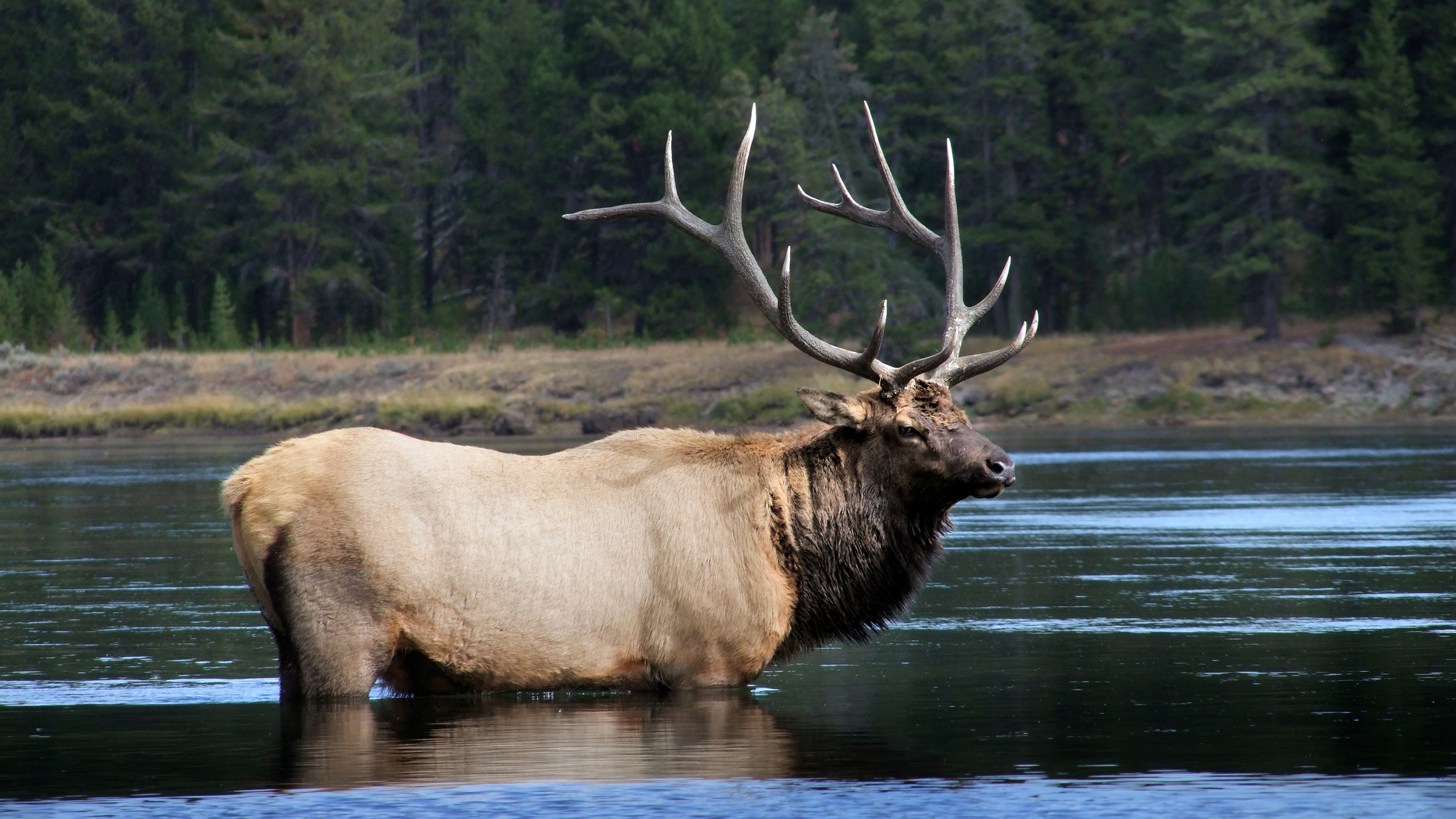
Bull elk in Yellowstone. Photo © Phil Parsons /Flickr Elk are one of the few creatures in the forest that I often smell before I see. They stink. I know some wilderness lovers who wax rhapsodic about the musky scent of elk, but it actually smells quite terrible.
One reason for this stench is the elk wallow. Bull elk, in particular, create wallows where springs seep through the earth, or near natural mineral licks. These become like giant mud baths. Bull elk soak in them, while also urinating and occasionally ejaculating. Then they soak some more, coating themselves in the mud (and other fluids), giving them a somewhat startling appearance and an even more startling odor.
It’s well known among biologists and hunters that these wallows serve an obvious territorial purpose. But research has shown that elk, including cows, also use wallows as a way to cool off and for protection against summer insects. But if you come across a mud bath in the wilderness and think it would make a nice spa: Don’t.
-
The Shady Future of Lizards

Eastern Collared Lizard on post in southern Utah’s Cedar Mesa. Photo © Tana Kappel/TNC For many animals, the secret to beating the heat is pretty simple: find some shade. For lizards, cold-blooded animals found in often-warm environments, shade is particularly important. Researchers have found that lizards survive best where there are lots of small pockets of shade, rather than a few large shaded areas.
This, unfortunately, presents a dire future for many lizard species. With climate change, many of the tiny pockets of shade in arid environments will heat up considerably, rendering them as ineffective refuges for lizards.
Some predict that 20 percent of lizards will go extinct by 2080 due, in no small part, to a decrease in shade.
-
The Big Ears of Jackrabbits
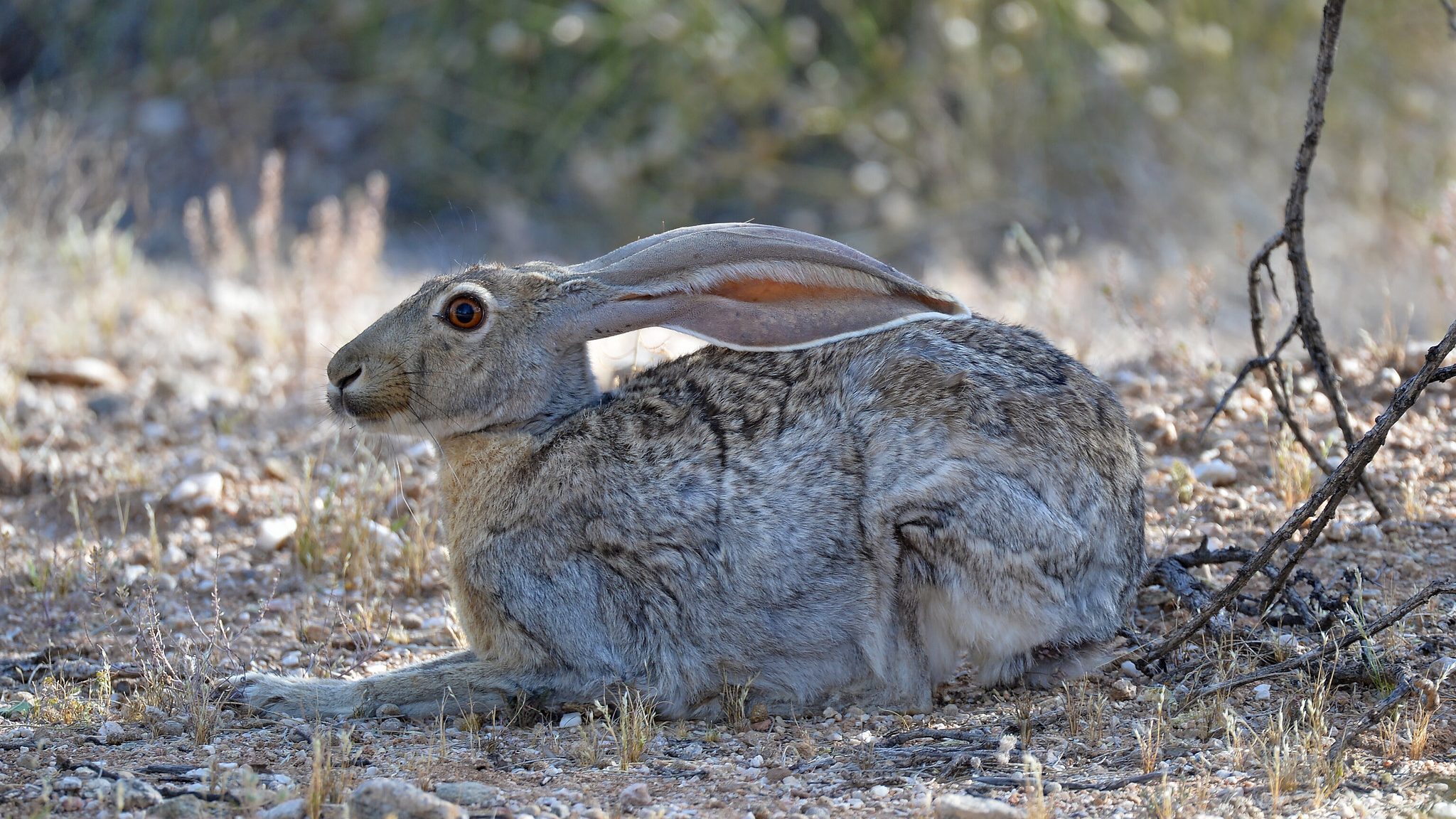
A black-tailed jackrabbit. Photo © Aaron Fellmeth Photography / Flickr I often kick up black-tailed jackrabbits on my desert hikes, and often all you can see are those giant ears. Those large appendages aren’t just for hearing; they also serve as radiators. The ears are packed with blood vessels. As blood flows to through the ear, the heat transfers to the air.
According to National Geographic’s Education Blog, “the blood vessels can widen (a process called vasodilation), allowing more warm blood to circulate to the ears for even greater heat loss.”
If the outside air temperature is below 86 degrees, the jackrabbit can shed all excess body heat through its ears. It does not have to sweat or pant, both of which shed water – important in the arid environments where this animal resides.
-
Kangaroo Rats and Extreme Water Conservation

An Ord’s kangaroo rat in Alberta, Canada. Photo photographed in Texas. Photo © Andy Teucher / Flickr If you run in hot weather, you know how difficult staying hydrated can be. Kangaroo rats hop around the hottest, driest parts of North America, and they don’t shrivel up. They can do this because they are like little water conservation machines.
Nearly every aspect of their physiology, physical shape and habit help conserve water. Their nose has large passages that allow them to reabsorb water from their own breath. Their kidneys can extract moisture from seemingly dessicated seeds, and they pass urine that is five times more concentrated than humans. Basically they can pee with very little liquid.
They stay cool via oily coats and by digging burrows in the ground, so again, they lose very little moisture during the heat of the day.
-
Fluttering
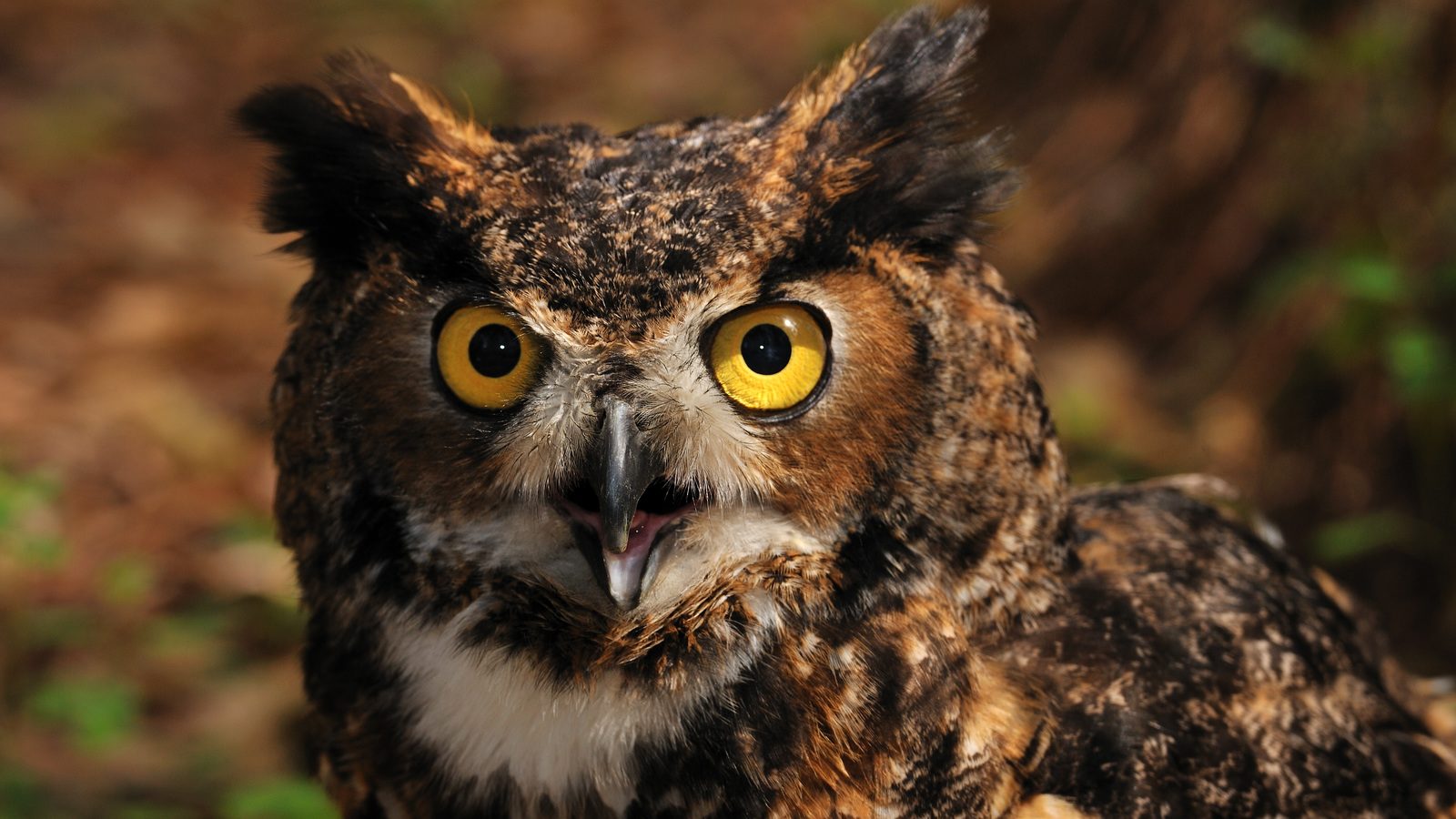
A captive great horned owl in Florida. Photo © Mark Conlin, courtesy of Tallahassee Natural History Museum Any backyard naturalist knows that birds regularly takes baths, and while this can help cool off our feathered friends, it is not the primary function. Many birds also seek out shade. If you observe them closely, you’ll see that some species (including my backyard chickens) panting in a way that resembles dogs.
For some birds, this “panting” appears rapid and dramatic, what biologists call “gular fluttering.” According to the U.S. Fish and Wildlife Service: “Fluttering is a combination of rapid, open-mouth breathing and quick vibration of the moist throat membranes that causes evaporation. As excess heat leaves the bird’s body with each exhalation, the bird cools.”
You can see this behavior with whip-poor-wills, common nighthawks, double-crested cormorants, owls and doves.
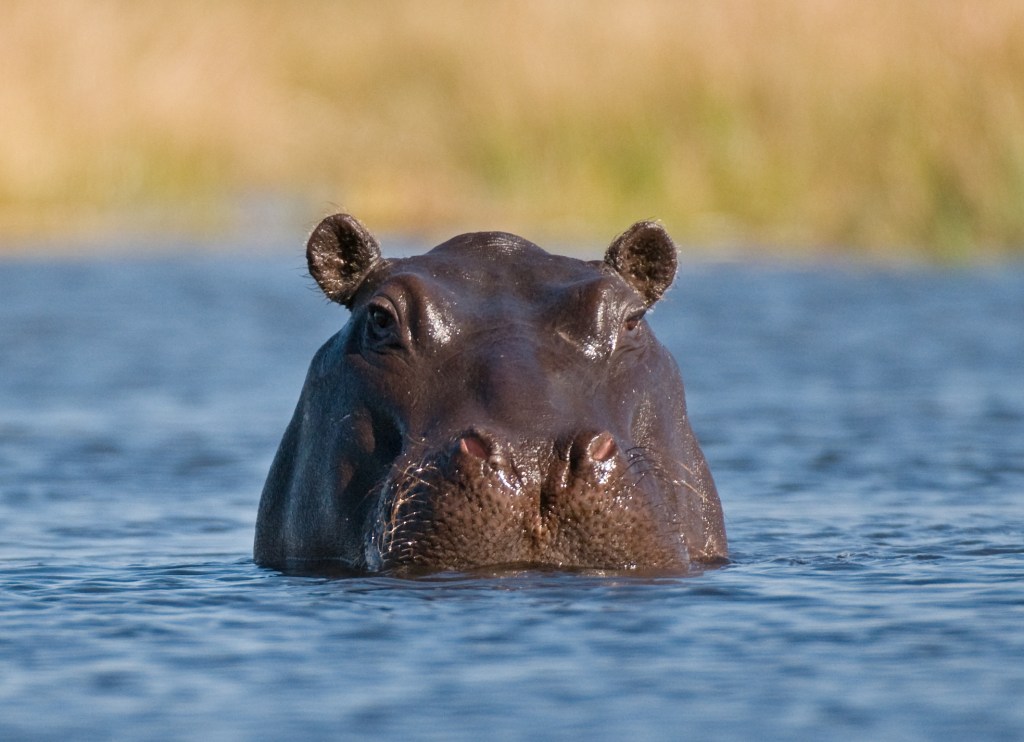



I love your blog and have shared it on my what is a zebra page for the 330pm post for 1 June.
Kindest regards
Debbie Nicholson
i found alot of intresting facts
Just love your blogs and I sure learn a lot of interesting facts.
Thank you. Hope you do not mind that I often forward them!
We love when our readers forward and share our stories! It is why we write them. Thank you for your support of Cool Green Science. Cheers, Matt
Is this sentence correct ? “If the outside air temperature is below 86 degrees, the jackrabbit can shed all excess body heat through its ears.”
Love Cool Green Science!!!
Yes, that is correct. And thank you for following Cool Green Science!
Matt